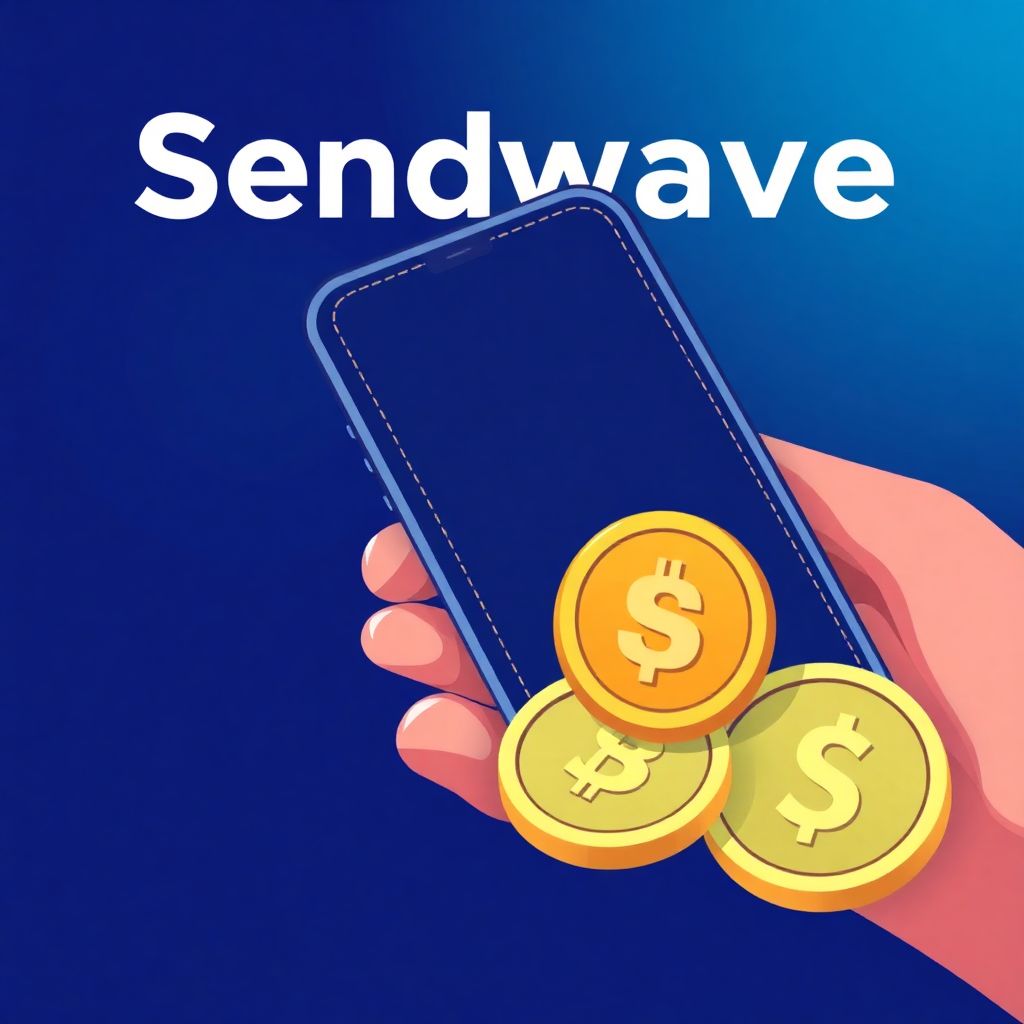Zepz, the fintech company behind WorldRemit and Sendwave, has introduced a new digital wallet built on the Solana blockchain, marking a significant step toward integrating stablecoins into everyday financial transactions. The newly launched Sendwave Wallet aims to modernize cross-border remittances by leveraging the speed, efficiency, and low transaction costs of the Solana network.
With operations spanning over 100 countries, Zepz is now enabling users to send, store, and spend USD Coin (USDC) directly through the Sendwave Wallet. This development not only enhances the company’s digital capabilities but also extends its offerings beyond traditional money transfer services. The wallet is designed for seamless day-to-day use, allowing users to make transfers as effortlessly as sending a text message.
Through its strategic partnership with Circle, the issuer of USDC, Zepz is positioning the stablecoin at the core of its digital wallet. According to Circle’s Chief Commercial Officer, Kash Razzaghi, the collaboration allows users to securely hold and transfer value instantly, empowering them with reliable digital dollars that can be used for saving, planning, and building financial resilience.
Zepz processes over $15 billion in annual remittances, and this new wallet initiative is a move toward financial inclusion, particularly in underserved global communities. By utilizing the Solana blockchain’s high throughput and low latency, Sendwave Wallet offers a robust foundation for fast and transparent financial interactions.
One of the wallet’s standout features is its interoperability with local financial systems. By working alongside regional partners, Zepz enables users to convert their USDC holdings into local fiat currencies quickly and conveniently. Planned updates will soon add support for payment cards and QR-based transactions, allowing customers to use their digital funds in real-world scenarios like retail purchases and bill payments.
This launch comes amid accelerating global adoption of stablecoins and growing regulatory clarity, which is fostering innovation and boosting consumer trust. As stablecoins become more accepted worldwide, the Solana network has seen its stablecoin market capitalization increase steadily, currently exceeding $17.48 billion. This growth signals a broader shift toward blockchain-based financial infrastructure.
Lily Liu, President of the Solana Foundation, emphasized that Zepz’s mission aligns well with Solana’s technological strengths. “Zepz’s vision to redefine global remittances with unmatched speed, security, and affordability is uniquely achievable on Solana,” she stated.
The Sendwave Wallet isn’t just a product; it’s a step toward redefining how remittances work in the digital age. By combining the stability of USDC with Solana’s performance, Zepz is offering a compelling alternative to traditional banking systems, especially in regions where financial services are limited or costly.
This initiative also supports broader trends in digital finance, such as the integration of blockchain into everyday payments and the bridging of Web2 and Web3 experiences. As regulators around the world continue to shape frameworks for digital assets, projects like Sendwave Wallet are helping set new standards for financial accessibility and innovation.
In addition to remittances, the wallet has potential use cases in e-commerce, gig economy payments, and humanitarian aid. Its ability to deliver instant, low-fee transfers makes it an ideal tool for NGOs and international organizations working in regions affected by economic instability or natural disasters.
Moreover, Zepz’s move could inspire other legacy financial service providers to explore blockchain technology. As competition intensifies in the remittance space, the integration of stablecoins and decentralized infrastructure may become a key differentiator in winning customer trust and market share.
Zepz also plans to expand the wallet’s functionality to include programmable payments, allowing users to schedule recurring transfers or automate expense tracking. These features could further streamline financial management for users who rely on remittances as a primary source of income.
As digital wallets become more sophisticated, the role of stablecoins like USDC is likely to grow. Their ability to maintain value, unlike volatile cryptocurrencies, makes them especially suitable for remittance and savings applications. Zepz’s focus on USDC reflects a broader trend in the crypto industry toward practical, everyday use cases.
In conclusion, the launch of the Sendwave Wallet on Solana represents more than just a technological upgrade—it’s a strategic shift aimed at democratizing access to financial tools. By fusing blockchain efficiency with user-centric design, Zepz is paving the way for a more inclusive and flexible global remittance ecosystem.

